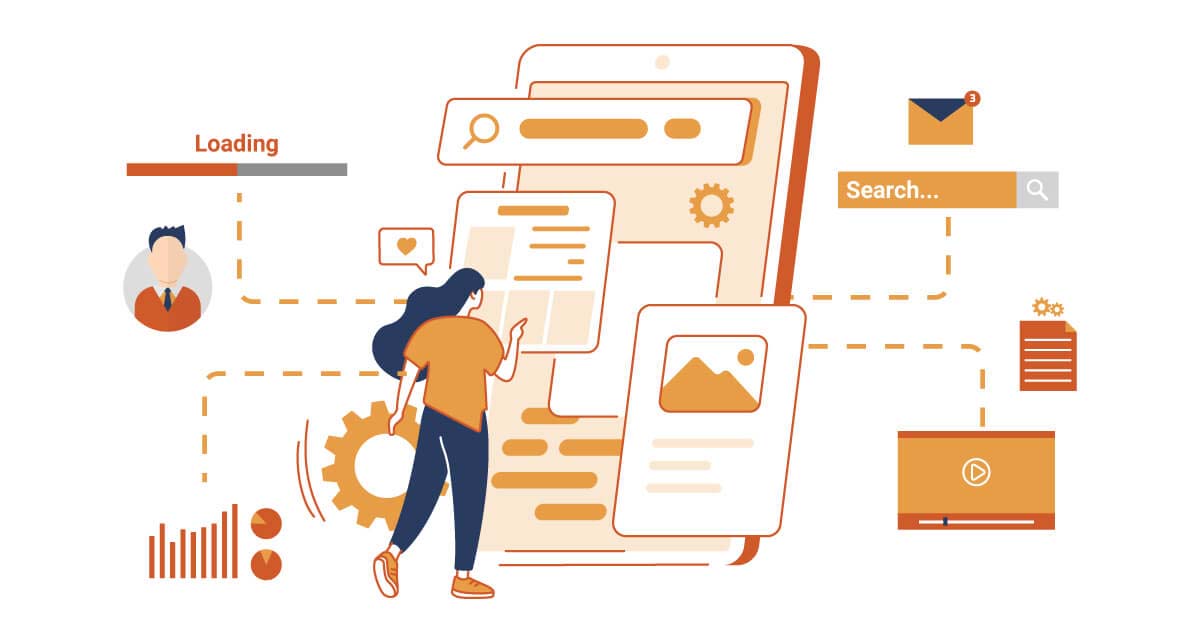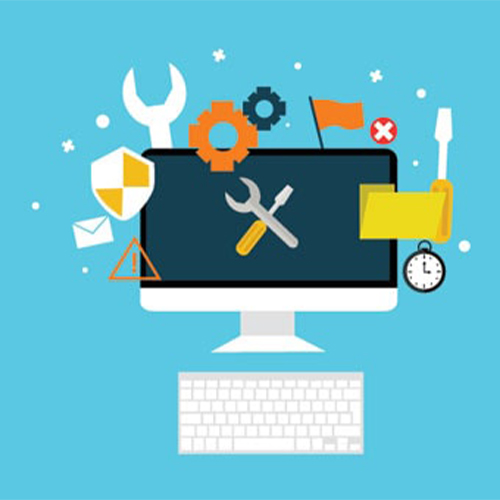Top AI Development Mistakes And How To Avoid Them
Artificial intelligence has the potential to transform businesses, but developing effective AI systems is not without challenges. Many projects fail due to avoidable mistakes that impact performance, usability, and ROI. Partnering with a software company near me can help businesses identify and prevent these issues early. Expertise, close collaboration, and a deep understanding of market needs provide a strong foundation for AI success.
Top AI Development Mistakes
Poor planning
A lack of clear planning can derail AI initiatives before they start. Without defined goals, timelines, and success metrics, projects may lose focus or overshoot budgets. A software company works closely with you to create a structured plan that aligns technical development with business strategy.
Insufficient data
AI models require high-quality, relevant data to function effectively. Using incomplete or biased datasets can lead to poor predictions and unreliable results. Teams can help source, clean, and validate region-specific data that improves model accuracy and relevance.
Overlooking compliance
Ignoring legal and regulatory requirements can cause costly delays or reputational damage. A software company near me understands data privacy laws and industry-specific regulations, ensuring AI solutions are compliant from the start. This proactive approach minimizes legal risks.
Lack of expertise
Some AI projects fail because development teams lack the specialized knowledge required for advanced algorithms and model training. Companies bring domain-specific expertise and the ability to provide hands-on guidance throughout the development process.
Ignoring scalability
AI systems that cannot handle growth often require expensive overhauls later. Developers plan for scalability from the outset, designing architectures that can expand as datasets, users, and business needs grow. This prevents performance bottlenecks in the future.

Weak integration
To begin with, even well-designed AI can fail if it does not integrate smoothly with existing systems. Therefore, a software partner can conduct on-site evaluations to ensure compatibility, reducing the risk of operational disruptions during deployment. As a result, this careful integration planning helps AI work seamlessly alongside your existing tools and processes.
Unrealistic expectations
Furthermore, overpromising AI capabilities can lead to disappointment and wasted resources. In such cases, a software company near me sets realistic goals based on current technology, available data, and budget, ensuring outcomes are achievable and sustainable. Consequently, clear expectation setting also helps build trust between stakeholders and the development team.
Neglecting testing
In addition, skipping thorough testing can introduce errors, security vulnerabilities, and unexpected behavior. To avoid this, teams carry out rigorous functional, performance, and security testing to validate AI performance before launch. Ultimately, this approach ensures the AI solution remains reliable and resilient in real-world environments.

Limited user involvement
Moreover, AI solutions must serve end users effectively. If users are not involved, the result can be tools that are confusing or ineffective. By engaging stakeholders early, development teams ensure the final product meets practical needs and achieves high adoption rates.
Overcomplicating models
Similarly, overly complex AI models can be harder to maintain and interpret. To address this, a software company near me balances sophistication with simplicity, creating solutions that deliver strong performance while remaining easy to manage and update. As a result, simplified models also reduce long-term maintenance costs.
Ignoring maintenance
Likewise, AI systems require regular updates and monitoring to remain effective. Neglecting maintenance can lead to declining accuracy and security vulnerabilities. Therefore, ongoing support ensures the AI evolves in step with changing data, regulations, and business requirements.

Poor communication
At the same time, misaligned expectations and unclear feedback loops can slow progress and cause misunderstandings. For this reason, frequent, real-time communication ensures clarity, transparency, and smooth collaboration. Consequently, strong communication frameworks also prevent costly delays and rework.

Lack of training
Equally important, even the most advanced AI tools can fail if users are not properly trained. To prevent this, teams provide customized training sessions to ensure your staff can operate, monitor, and benefit from the AI solution effectively. In the end, well-trained employees can maximize the system’s potential and efficiency.
Security oversights
Additionally, AI systems often process sensitive data, making them targets for cyberattacks. To protect against such threats, a software company near me implements strong encryption, access controls, and regular audits to maintain trust. As a result, proactive security measures also safeguard against emerging threats.

Skipping pilot tests
In the same way, launching an AI system without a pilot phase increases the risk of failure. To avoid this, developers conduct small-scale trials to test functionality, identify improvements, and ensure readiness for full deployment. Therefore, this step minimizes post-launch disruptions and unexpected costs.
Ignoring feedback
Finally, post-launch feedback is essential for continuous improvement. For this reason, development teams stay engaged after deployment, collecting user insights and making updates to enhance performance and usability. As a result, regular feedback cycles also keep the AI relevant in changing market conditions.

Conclusion
By addressing risks early and focusing on long-term success, businesses can maximize the value of their AI investments while staying competitive. Ultimately, taking a proactive approach ensures that AI continues to deliver measurable benefits over time.
